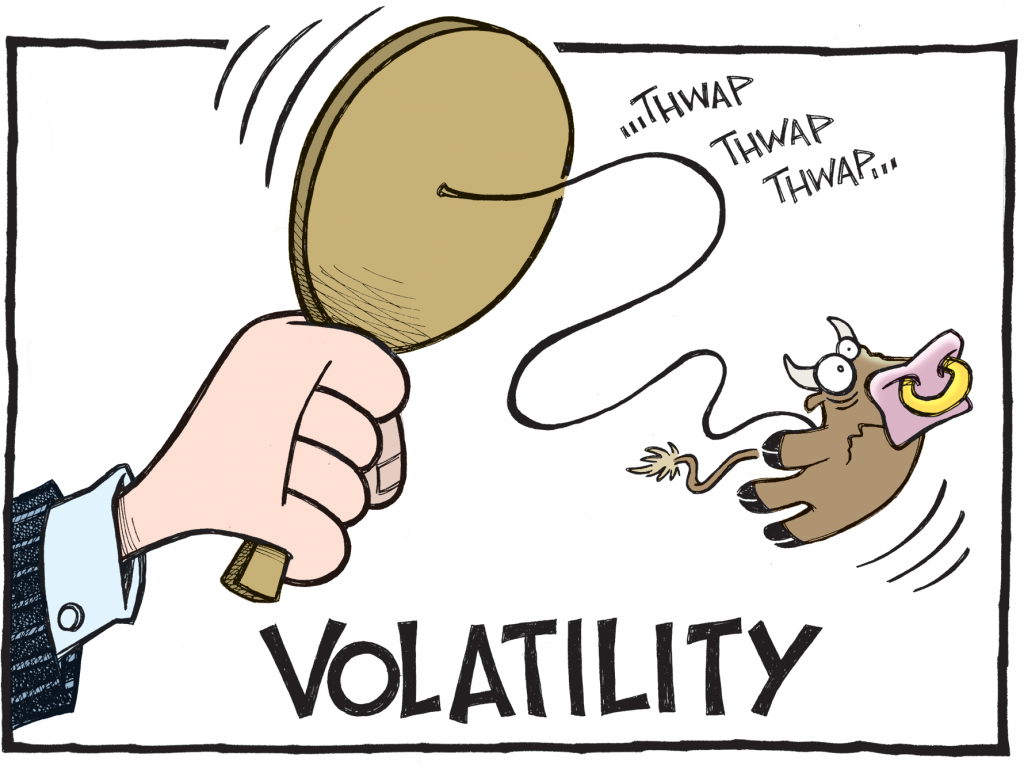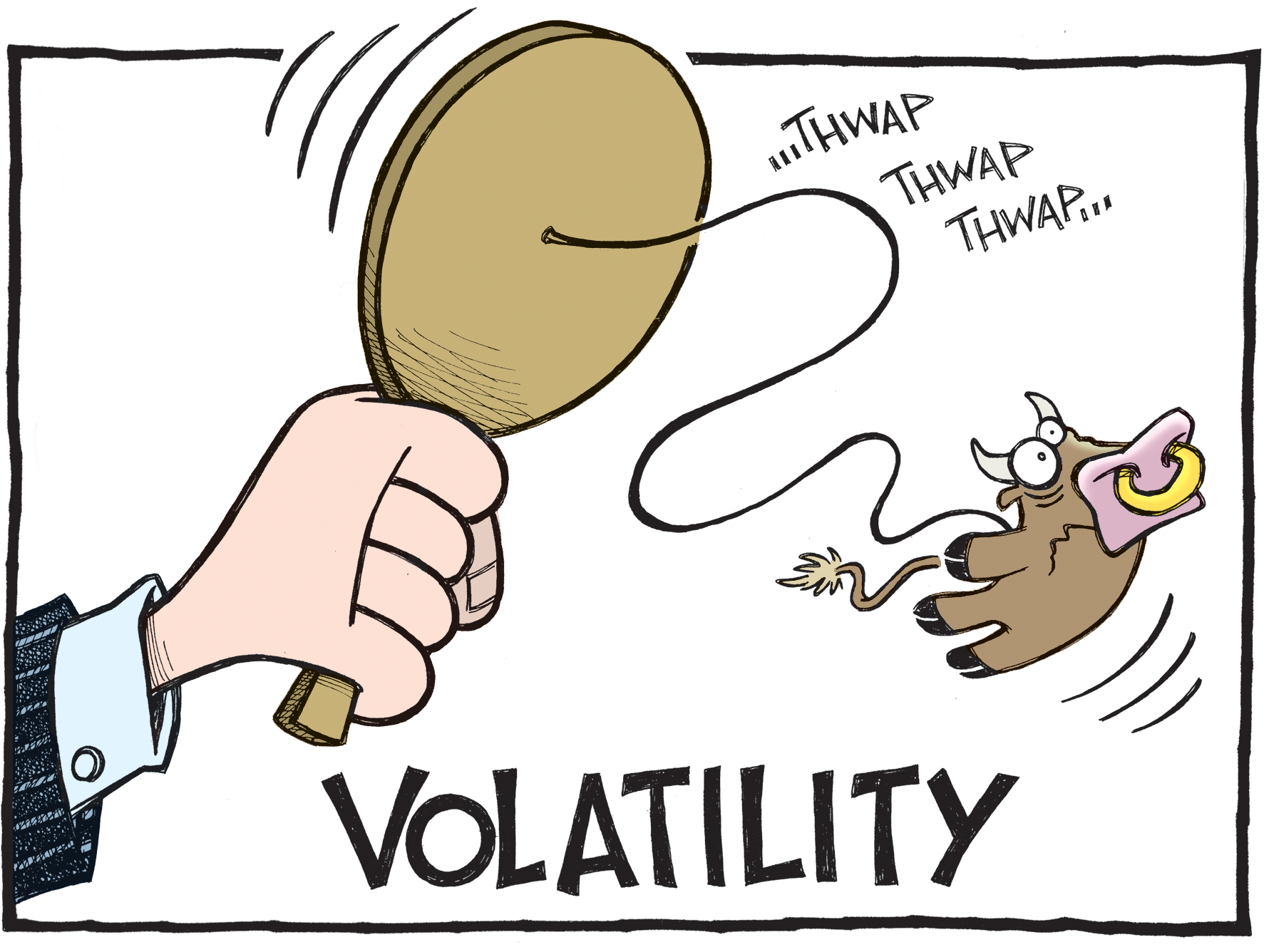
Market linked investments are volatile. It means that instead of receiving a fixed periodic return, your market linked investment—like a mutual fund—will see the daily price movement up and down.
Volatility, or how much the mutual fund’s NAV moves, can be seen as a risk to your portfolio. Some volatility is normal in products like mutual funds.
Volatility refers to the change in price of a security. For mutual fund holders this means measuring change in the NAV of the fund. Mutual funds are a basket of securities. The daily value of the fund is the aggregate value of the individual securities taken together. In case of equity funds, volatility is difficult to ascertain in advance as individual stocks can be very volatile, depending on various factors such as: macro conditions, corporate action and earnings. All equity stocks are subject to daily volatility and the degree of such volatility is determined from past price movement. However, forecasting that into the future may not always be accurate.
In case of debt funds, envisaging the level of their volatility is slightly easier. This is because the nature of different types of debt funds is clearly defined. For example, a money-market-oriented liquid or ultra-short term fund has securities whose prices don’t fluctuate widely. Therefore, the NAVs of these funds are less volatile than, say, income funds or dynamic income funds— where the underlying bond prices change sharply, even on a daily basis.
STANDARD DEVIATION: is a common measure of volatility. Generally speaking, the more volatile a fund or a security, the riskier it is considered to be.
In case of funds where the returns are compared against an index, relative volatility is measured through BETA. A beta higher than 1 indicates sharper price changes as compared to the index.
While the statistical measure of standard deviation tells you how volatile a security or a fund can be—it measures both positive changes and negative changes in price.
While that works to measure certain other aspects, in case of returns the investors are often more sensitive to volatility related to negative returns rather than positive or upside volatility.

